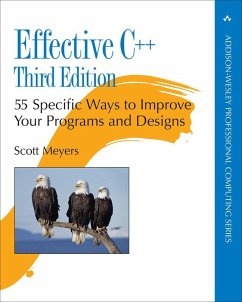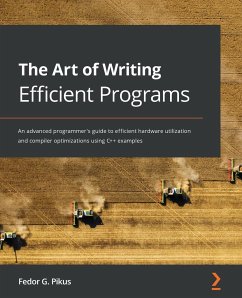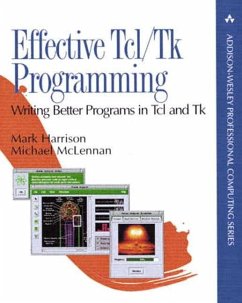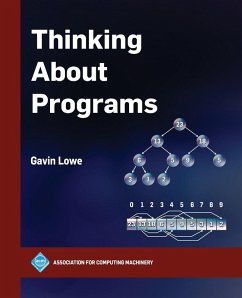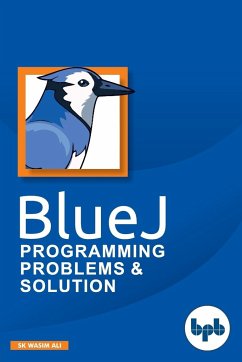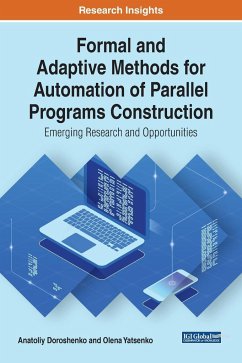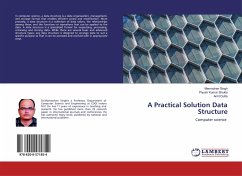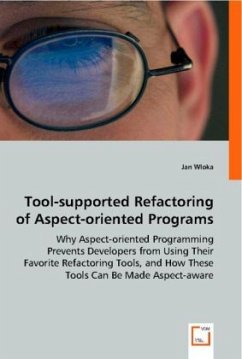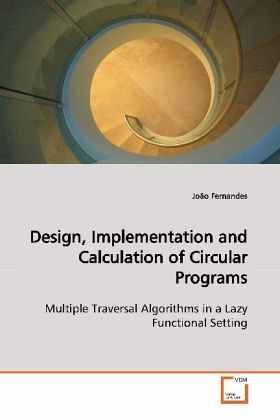
Design, Implementation and Calculation of Circular Programs
Multiple Traversal Algorithms in a Lazy Functional Setting
Versandkostenfrei!
Versandfertig in 6-10 Tagen
45,99 €
inkl. MwSt.

PAYBACK Punkte
23 °P sammeln!
Circular programming is a powerful technique toexpress multiple traversal algorithms as a singletraversal function in a lazy setting. Such a(virtual) circular program may contain circulardefinitions, that is, arguments of function callsthat are also results of that same call. Althoughcircular definitions always induce non-terminationunder a strict evaluation mechanism, they cansometimes be immediately evaluated using a lazyevaluation strategy. The lazy engine is able tocompute the right evaluation order, if that orderexists. Indeed, using this style of circularprogramming, the programmer does ...
Circular programming is a powerful technique to
express multiple traversal algorithms as a single
traversal function in a lazy setting. Such a
(virtual) circular program may contain circular
definitions, that is, arguments of function calls
that are also results of that same call. Although
circular definitions always induce non-termination
under a strict evaluation mechanism, they can
sometimes be immediately evaluated using a lazy
evaluation strategy. The lazy engine is able to
compute the right evaluation order, if that order
exists. Indeed, using this style of circular
programming, the programmer does not have to concern
him/herself with the definition and the scheduling of
the different traversal functions, since only a
single (traversal) function has to be defined.
Neither does the programmer have to define
intermediate gluing data structures to convey values
computed in one traversal and needed in a following one.
In this book, we present our studies on the design,
implementation and calculation of circular programs.
express multiple traversal algorithms as a single
traversal function in a lazy setting. Such a
(virtual) circular program may contain circular
definitions, that is, arguments of function calls
that are also results of that same call. Although
circular definitions always induce non-termination
under a strict evaluation mechanism, they can
sometimes be immediately evaluated using a lazy
evaluation strategy. The lazy engine is able to
compute the right evaluation order, if that order
exists. Indeed, using this style of circular
programming, the programmer does not have to concern
him/herself with the definition and the scheduling of
the different traversal functions, since only a
single (traversal) function has to be defined.
Neither does the programmer have to define
intermediate gluing data structures to convey values
computed in one traversal and needed in a following one.
In this book, we present our studies on the design,
implementation and calculation of circular programs.




